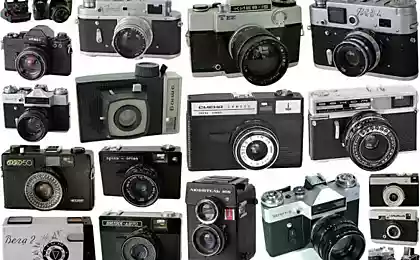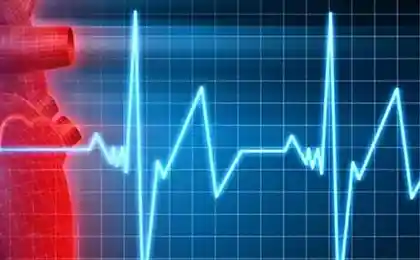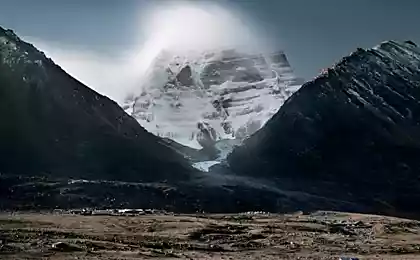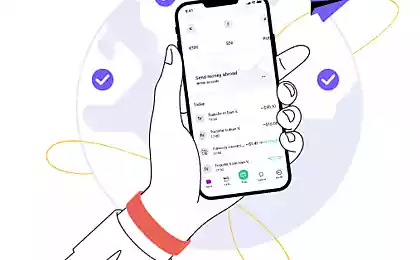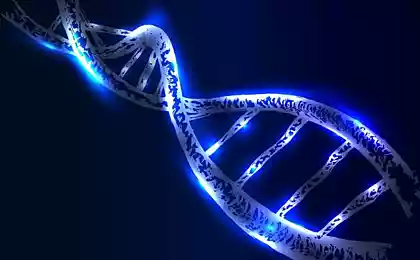1244
The origin of the names of monetary units

It is not by chance, among other things: ancestors of modern humans were very attentive to the choice of location for certain activities. Here and in this case it was considered that Juno, in addition to their duties mentor, patroness of women, marriage defender was also the goddess of the exchange.
But how funny: there were that kind of money for the first time in Asia Minor Lydia (VIII-VII centuries BC.) And Greece, on the island of Aegina (VII century BC.), And on the century and millennium rooted for them Latin name!
In ancient Greece, the queen of the gods name is known to the Hero. Incidentally, this name is also immortalized in the monetary system of ancient times. The Jews Gera was one-twelfth of the monetary unit called the "shekel" and a tenth of the other - lords, who was a half shekel svyatilischnogo. However, if you go to the Scriptures, we can find four namesakes of this goddess, and only among the male characters: the so-called one of those who moved to Egypt with Jacob; Judge Ehud's father was also called hero as a parent of Semei Bakurima, and one of the sons of Ehud.
And yet there are mentioned coin - talents that in the monetary system of the ancient Jews were of two kinds: the sacred and folk. Holy (svyatilischny) talent was equal to three hundred shekels, and People - 4, 29. Bible Encyclopedia tells us that in terms of our money is about 2 rubles 58 kopecks, but here it is necessary to take into account exchange rate fluctuations.

But not only in Judea were circulated talents (the word is a Greek-Latin, derived from the Greek talanton, Latin Talentum, which translates as scales, scales). They were common in Egypt, Greece, Rome and Asia Minor. On the reform of Solon (VI century BC.) Is one talent contained more than 26 kg of silver. Here and compare it with the current two and a half rublinmi!
That parable of the buried talent Bible, known to many, as well as that "make a contribution" - from there, from the Bible. But if talent was weighty, the mite, on the contrary, was the smallest coin. In Greek leptón, lepta just means thin, small. In the Jewish monetary system it is equal to about a quarter of the current penny. But in Greece still used today, making a hundredth of a drachma (in this country uses coins in denominations of 5, 10, 20 and 50 mites).

The first coins were minted from an alloy of gold and silver, which was called ... electron. Plato, in particular, it stated. A universal currency coins were due to the fact that the quality and weight of the metal in its certifying States (public affixing stamps). As the expression "small change", that it comes from the fact that metallic money minted a gold and silver certain tests (and then called a full-fledged high-grade coin) or of copper, nickel, low-grade silver (and this is the cans, loose change).
And the word "necklace" is formed from the coins because of them were once the decorations (and then lower jaw beluga was given this name for the resemblance with the necklace). By the way, with decorations related and our Russian word "ruble", "the hryvnia." The hryvnia has money and a weight unit of ancient Russia to the XII century. and represented a 200-gram silver bullion (after the bar). But even before the Bronze Age so-called silver or gold jewelry on his neck in the form of a bracelet, as a rule, without the fastener (unlocked), sometimes - with a medallion. We know it was not only on the territory of present-day Russia, but also far beyond its borders (consonance with the mane is not accidental, as you know, and is associated with the neck). Sometimes, the hryvnia was divided (rubilas) into fragments, which are called ruble (from the word "hack"). Granted hryvnia - the ones that were given as a reward, became the prototype orders. Well, there was a penny in the XVI century. and the name given by the spear of St. George, with whom he is depicted on the reverse of the coin.

Before there were first minted coins, means of payment were made of linen fabric. It is very appreciated in Europe, due to the fact that the flax does not grow on its territory. From the word "web" originate from the root word board. By the way, the word salary in German sounds like der Lohn (der Loon).
Mark, in the old days was not a coin, but a unit of weight - half a pound of silver. The word comes from the Latin "frontier", as in the different kingdoms had their own brand - ba
One of the oldest Moscow coins - money, equal to 1/200 rublin got its name from the Tatar name of the silver coin "tanga", and they borrowed the word from the Greek language during the campaign of Alexander the Great (Greek danaks - Coin 204, 7 g ).
Indian Rupee owes its name to the word "Rupa", which means "beast" because it was the cattle for a long time almost no single currency.
Chinese yuan and Japanese yen are descended from Chinese and Japanese words "round coin" - they were struck by the image of the European taler for the first time had a circular shape. Prior to that, the coins were shaped shovel, ax, hoe, etc.
In 1776 in America it was first printed paper dollars that were green. Americans lovingly nicknamed the money "green backs» (green backs), that's where comes the modern nickname - "bucks».




